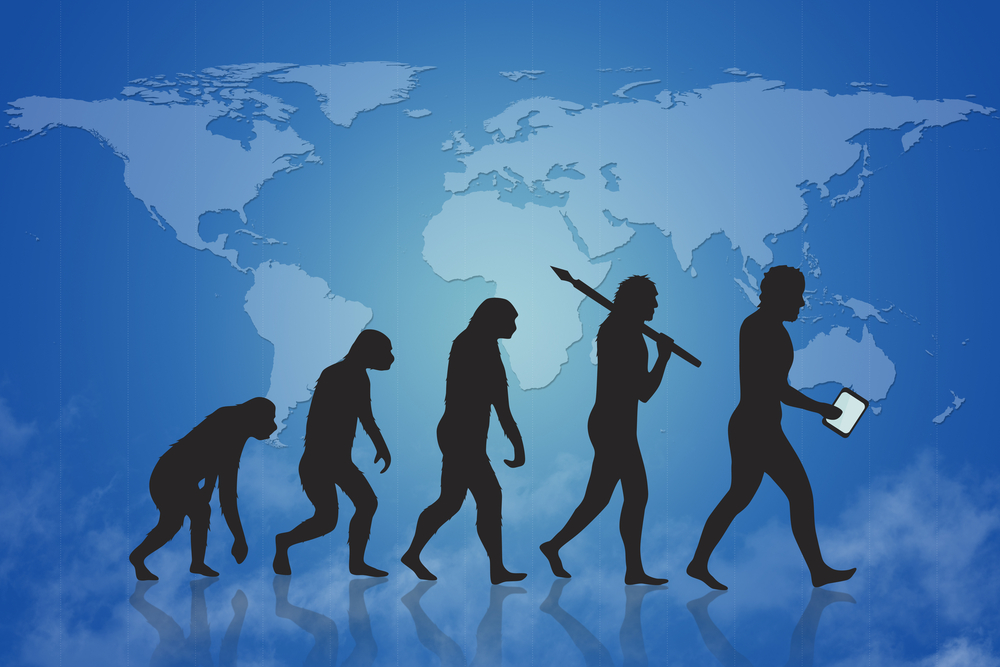Darwin’s theory of evolution has never been more relevant than today when it comes to business. The ability to adapt defines who will survive, something that has continued to reshape entire industries over recent years.
Think about it, it was relatively recently that we witnessed Kodak, then the world’s largest photography company, forced to file for bankruptcy at a time when more photographs were being taken than ever before.
In this world of change, perhaps the one thing you can be sure of is that innovation will continue, the status quo will be challenged and competitive edge will lie with those agile enough to respond quickly.
Set against this, the importance of ‘mobile’ cannot be overemphasised, especially when it comes to business transformation.
Take Uber, take Hive; companies that are disrupting entire industries through new business models rooted in mobility and mobile capabilities. The reason behind their success?
> See also: UC set free: how enterprise mobility is finally fulfilling the 'pipe dream' 'of Unified Communications
Matching consumer demand and delivering on their expectations – using mobile technology to satisfy our universal need for anytime, anywhere flexibility and customer service. These organisations aren’t just remaining relevant; they’re redefining what relevant means.
In light of all this changer, a VMware report surveyed over 1,000 IT decision makers, IT influencers, and business decision makers around the world to truly understand the state of business mobility today. Key findings include:
We are at inflection point
The early stage of the mobile market used to be governed by employees being able to work anytime, anyplace, securely, all the while being able to get instant access to services like e-mail, calendar and basic productivity applications.
Today, that market is rapidly reorienting, to focus on how mobility can change the way an organisation operates and competes. Business mobility is no longer about improving productivity for individuals, it is about transforming entire business processes so that organisations are better places to connect with customers, streamline operations and generate new revenue streams.
Few leaders have actually achieved business mobility
As you would expect in an industry that is evolving as rapidly as this, a number of positive strides have already been made towards improving mobile efficiency at work. 85% of organisations, for example, have enabled basic individual productivity applications like e-mail.
However, there is a clear chasm when it comes to improving wider business productivity, with only 17% of global companies having shifted a core business process to a mobile model.
This means that we still have some way to go before the true value of business mobility is to be recognised. It also means that there is competitive advantage to be gained by those who act quickly.
Security and budget remain the biggest barriers to change
It can be of no real surprise to learn that budget, security and data loss remain top concerns for organisations as they look at a business mobility strategy; the former was cited as the top barrier to investing in business mobility by 49% of respondents in EMEA.
On a global level this figure grows to 52%. Thankfully, it’s not all doom and gloom, since there are a number of technologies available today to help organisations overcome these obstacles.
These same obstacles also point us towards areas of opportunity and understanding around what employee skills will be most in demand in the future.
When it comes to business mobility, it is a case of he who dares wins
It is important to remember the pressures IT departments are under to maximise value from existing infrastructure whilst deploying new technologies. However, our survey highlighted numerous benefits that could be achieved to justify the up-front investment and overcome the budget barrier.
> See also: How to make mobility work for both employees and the enterprise network
Over half (51%) of those that have deployed business mobility solutions, for example, agree that they now have the ability to more rapidly bring new revenue streams online.
Final thoughts
In concluding this article, it feels only right to revert back to Darwin’s theory of evolution: 'It’s not the strongest species to survive, nor the most intelligent, it’s the one most adaptable to change.' Change really is the only constant.
This is why it’s important to embrace the technological changes happening around us and why business mobility has shifted from a priority to a necessity. It is this constant change that has shaped, and is continuing to shape, the world around us for the greater good.
It explains why work is no longer a physical place but what you do; why school districts are deploying standardised testing and individualised learning; and why hospitals are working hard to ensure that physicians can stay connected to patients in ways never possible before.
The truth is, this is not a story about technology, but rather one about always moving forwards, never settling for second best, and continually striving to be better.
Sourced from Alex White, Vice President, Enterprise Business EMEA, VMware










